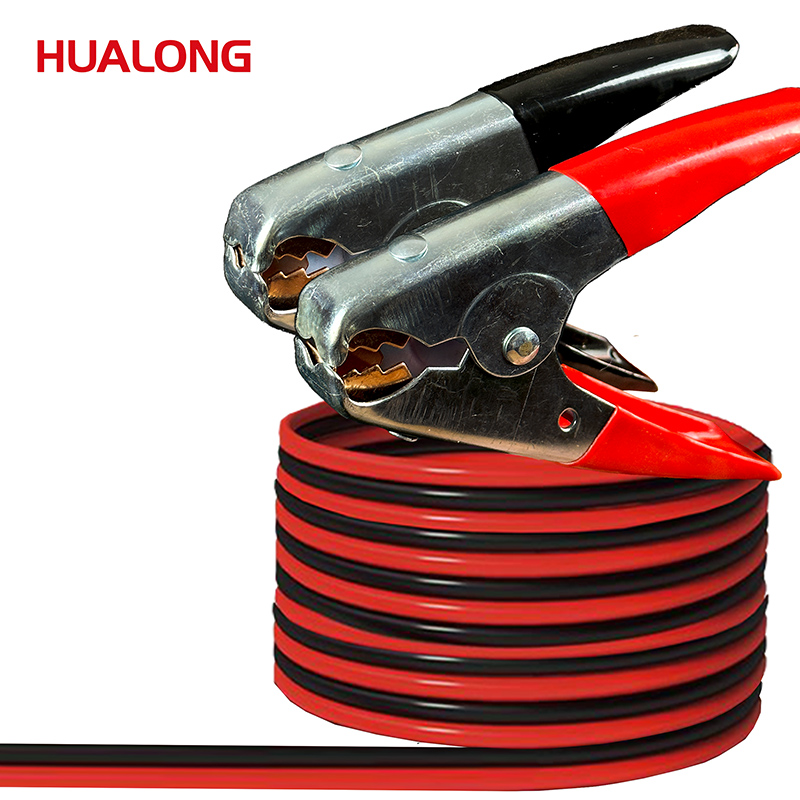How do you ensure that the chosen materials for different components of a battery clamp are compatible with each other to prevent issues like galvanic corrosion?
Author:admin
Date: 2023-12-14
Preventing issues like galvanic corrosion in battery clamps requires careful consideration of the compatibility of materials used in different components. Here are strategies to ensure compatibility and avoid galvanic corrosion:
Galvanic Series Analysis:
Conduct a galvanic series analysis to understand the electrochemical potential of each material used in the battery clamp. The galvanic series helps identify potential pairs that may lead to galvanic corrosion.
Material Pairing Guidelines:
Establish guidelines for material pairing based on their positions in the galvanic series. Aim to pair materials with similar electrochemical potentials to minimize the risk of galvanic corrosion.
Use of Insulating Materials:
Introduce insulating materials or coatings between dissimilar metals to physically separate them. This helps to prevent direct electrical contact and reduces the likelihood of galvanic corrosion.

Corrosion-Resistant Coatings:
Apply corrosion-resistant coatings to susceptible materials. For example, nickel plating or zinc coatings can act as a barrier, protecting the underlying metal from exposure to corrosive elements.
Material Compatibility Testing:
Perform compatibility testing under simulated environmental conditions to assess the materials' interactions. This may involve accelerated corrosion testing to identify potential issues before the battery clamps are deployed in real-world conditions.
Engineering Design Considerations:
Design the battery clamp with consideration for the positioning of different materials and their exposure to corrosive elements. Avoid designs that trap moisture or contaminants, as these can exacerbate corrosion.
Electrolyte Management:
Manage the presence of electrolytes, such as moisture or acidic substances, near critical junctions. Sealing or isolating these areas can help minimize the risk of galvanic corrosion initiation.
Selection of Compatible Alloys:
Choose alloys that are more compatible with each other. Certain alloys are designed to resist galvanic corrosion better than others, and selecting these can be beneficial.
By implementing these measures, manufacturers can minimize the risk of galvanic corrosion in battery clamps and enhance the overall reliability and longevity of the components.

 English
English 中文简体
中文简体












